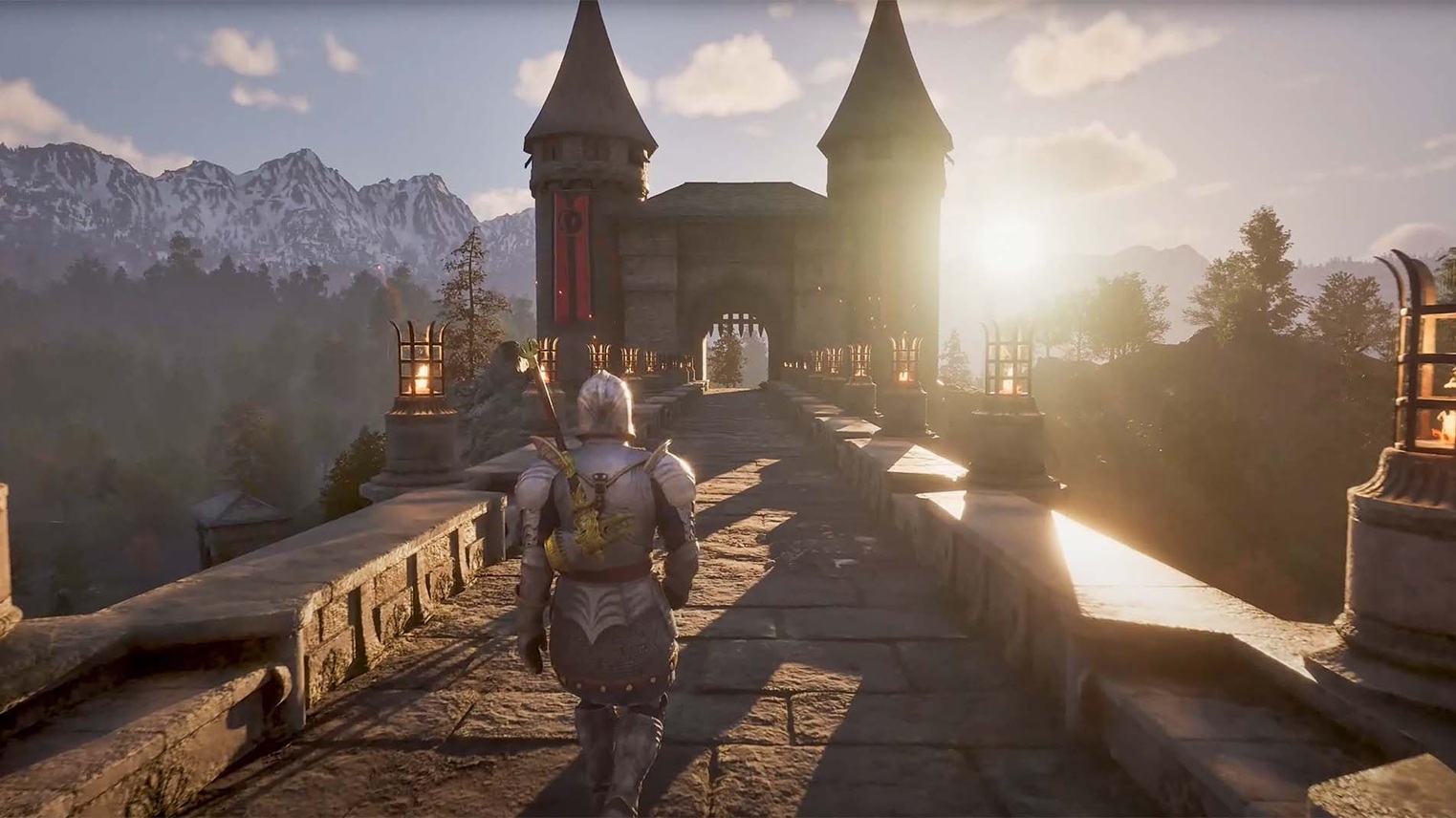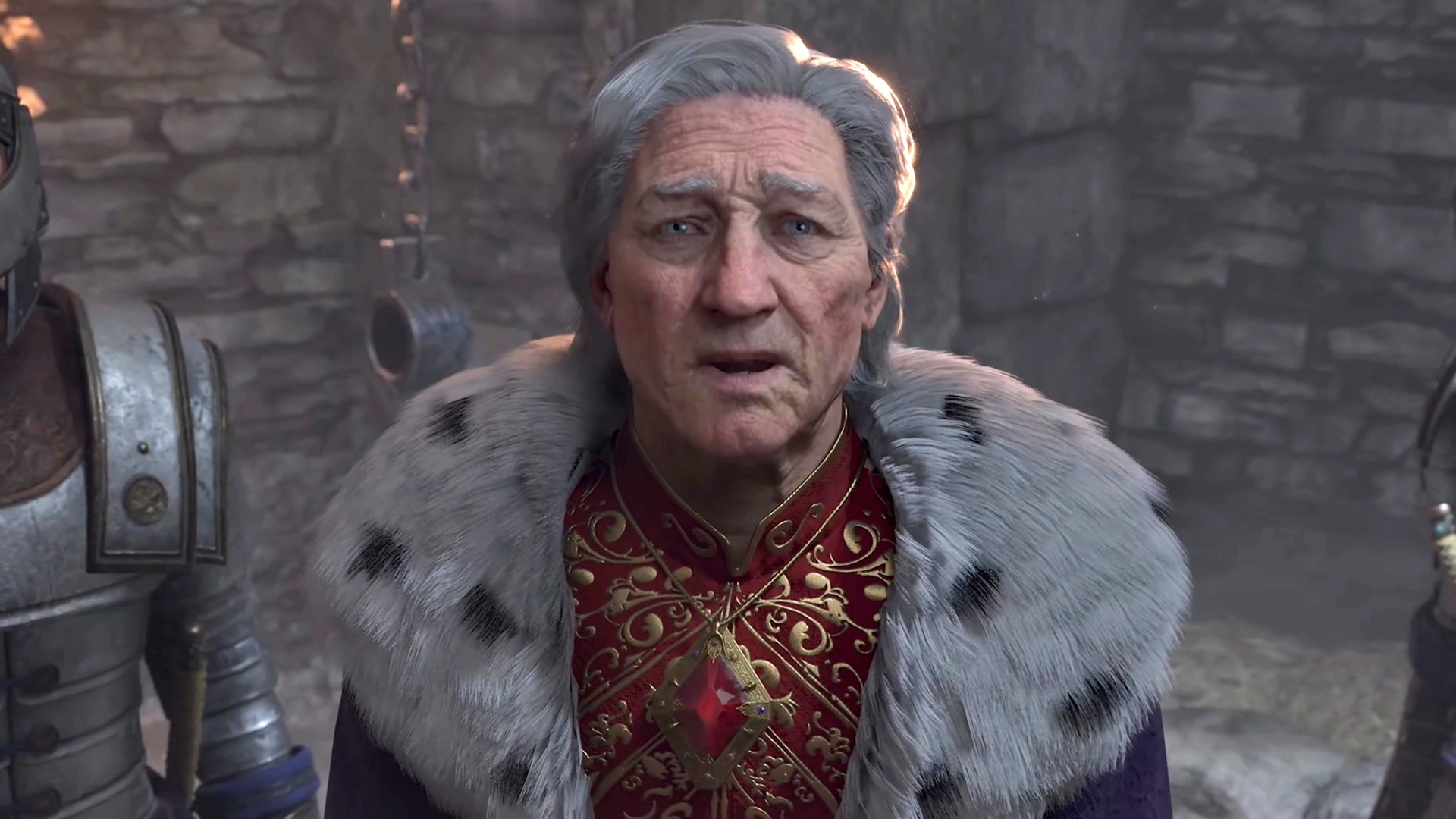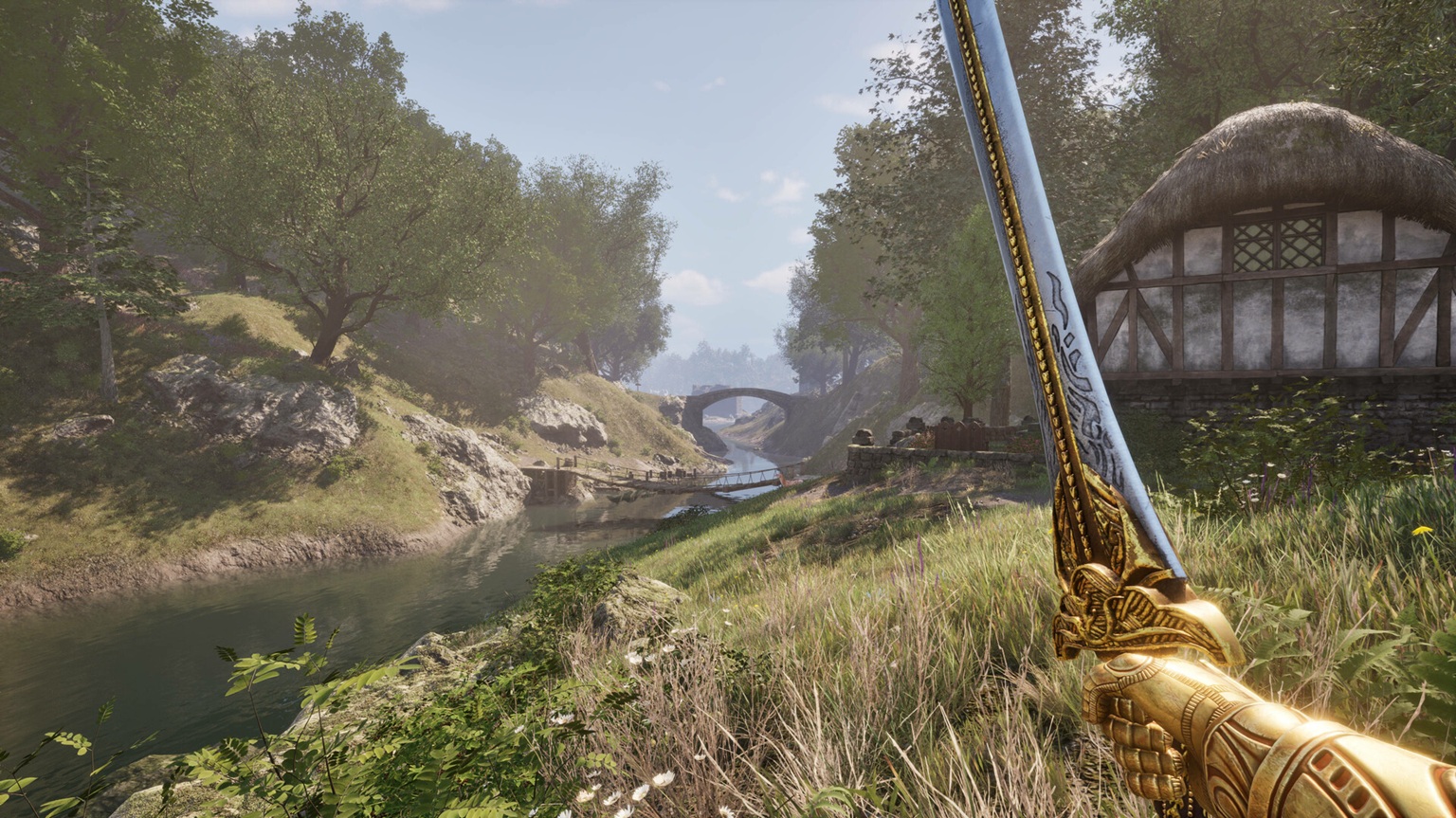A Standard Bearer for Remasters Going Forward
Summary
Oblivion Remastered revitalizes Cyrodiil with photorealistic landscapes, practical UI improvements, balanced progression, and preserved quirks—from eccentric NPC animations to iconic level scaling—while bundling Shivering Isles and delivering a smooth, immersive, nostalgic yet welcoming RPG adventure.
Overall
-
Plot
-
Narrative
-
Acting
-
Visuals
-
Gameplay
-
Replayability
Returning to Cyrodiil in The Elder Scrolls IV: Oblivion Remastered brings a kind of quiet excitement, the feeling you get when you pick up a story that’s both long-familiar and suddenly new. Bethesda Softworks, alongside Virtuos, hasn’t simply painted over the cracks of a classic RPG—they’ve carefully rebuilt its world detail by detail, honoring its idiosyncrasies as much as its triumphs. What unfolds isn’t just a facsimile of the 2006 game; it’s a tale that balances nostalgia and invention, all while reminding us why we fell into Oblivion in the first place. Our review of The Elder Scrolls IV: Oblivion Remastered examines how well it works as a remaster.
The new version of Cyrodiil is more than an exercise in graphical prowess. Every step across its sprawling grasslands feels alive with motion—the grass itself seems to react to your passage, while scattered dragonflies and chattering wildlife hint at hidden layers beneath the world’s surface. Hills and forests that once faded into murky edges now unfold in minute, photorealistic clarity, teasing players with the promise of exploration just beyond the next ridge. These landscape upgrades aren’t merely cosmetic; they serve as an invitation, beckoning newcomers and veterans alike to experience the gentle rhythm of Tamriel’s heartland without sacrificing the quirks that made the original so endearing.
But for all this beauty, the remaster resists scrubbing away the awkward charm at Oblivion’s core. The eccentric facial animations of its NPCs—always slightly off, rigid, and quirky—are preserved in all their clay-like glory. This decision might surprise or amuse those accustomed to polished modern character models, but it’s a deliberate choice born of affection for the series’ roots.
By preserving these moments, the game offers a wink to those who remember the old days and a gentle challenge to newcomers to embrace its peculiar warmth.

If you spent hours navigating Oblivion’s original menus and fighting not just monsters but cumbersome systems, the improvements here come as a relief. Traversing Cyrodiil can now be done with an agility shaped by experience; health, magicka, and stamina meters are now practically invisible, out of your way but always accessible. The addition of a sprint function—driven by stamina but never exhausting—means less time spent trudging and more time chasing side quests, evading bandit ambushes, or simply rushing to see if that distant ruin hides some forgotten artifact. These refinements clear intrusive clutter, creating a smoother, uninterrupted adventure.
Inventory management too is more practical, making it easier to juggle potions, spells, and loot without halting the story for a visit to clunky screens. A dedicated inventory management system means you can organize gear and alchemical ingredients swiftly, ensuring you never miss a moment of exploration.
Character growth, once a minefield of punishing stats and relentless enemy scaling, feels more organic and forgiving. The notorious old level scaling system—once notorious for punishing experimentation outside hyper-efficient builds—has been reshaped. Now, the progression leans on a principle borrowed from modern RPGs: using skills leads to improvement, and difficulty rises with you in a way that challenges but rarely frustrates. This shift grants players room to let curiosity lead, not just optimization.
Alchemy and spellcrafting, always a secret delight (or for some, a grind), are more rewarding here. In the past, rare materials appeared mostly by luck, often derailing careful plans with randomness. Now, ingredients and resources appear more logically throughout the world, tuning rather than transforming the system. It means players are less at the mercy of fate and more able to build, experiment, and improvise with certainty. Alchemy and magic feel rich and reliable, rewarding those who dare to wander and concoct.

Still, Oblivion Remastered doesn’t smooth out all its rough edges. The central narrative thrust begins with the assassination of Emperor Uriel Septim, voiced with characteristic gravitas by Patrick Stewart. What follows is a desperate quest to find his heir, Martin Septim (played by Sean Bean), as the fate of all Tamriel wavers.
Beyond the main plot, the world brims with stories—tales of conspiracy, betrayal, and unlikely comradery, most notably anchored by side quests like the assassinations of the Dark Brotherhood or the elaborate schemes of the Thieves’ Guild. These narrative threads don’t simply pad the playtime, but infuse the world with moral ambiguity and choice, trusting players to carve their own path.
The Shivering Isles expansion, an enduring favorite, is bundled into the remastered adventure. If Cyrodiil is grounded in classical high fantasy, Shivering Isles veers into the surreal, guided by the mercurial Daedric Prince Sheogorath. The environments here are unpredictable, whimsical, sometimes disorienting—a carnival of visual and narrative originality that stands apart from the main story but complements it beautifully.
The remaster’s graphical polish and gameplay tweaks make this content feel more vivid, keeping the oddball wonder of the Isles alive while smoothing away old technical constraints.
Exploration remains the lifeblood of the game, its real reward. Roaming across ruins overtaken by ivy, stumbling upon deserted shrines, or unearthing hidden caves, every discovery is its own tale. There are sudden bursts of danger—traps, powerful monsters, unpredictable adversaries—but also long stretches of tranquil wandering. This rhythm, alternating threat and peace, defines Cyrodiil’s appeal.
Such enhancements to visual fidelity do more than dazzle—they shift the pace of play. Insects fill the air; flowers dance on the wind; the shifting light of a day-night cycle paints familiar towns and wild paths in new shades and moods. The effect is surprisingly calming, encouraging players to embrace a slower, attentive style of engagement. Rushing through quests becomes secondary; the landscape itself becomes a kind of main character, drawing attention to details missed before and inciting players to simply exist within the realm, not just conquer it.

Still, reality intervenes—technical hiccups, while fewer, have not disappeared. Persistent bugs can derail progress: a quest marker refusing to update, an Oblivion Gate vanishing for no reason, or an unexpected plunge through unfinished terrain. Occasional frame dips or system crashes underline the complexity of the game’s ancient, labyrinthine codebase. For those expecting immaculate polish, such issues may frustrate, yet the world’s magnetic pull helps even severe technical flaws fade into the background.
Yet, our review of The Elder Scrolls IV: Oblivion Remastered agrees that its spirit is unmistakable. The game’s structure supports countless personal stories—players running into legendary items by accident, befriending or antagonizing quirky townsfolk, getting lost on their way to a quest but discovering something better along the way.
There’s an underlying current of self-directed adventure, a sense of the unknown lurking just out of sight. Systems nudge, but never corral; rewards beckon, but rarely dictate; the world is designed to let players set their own pace and direction. In this sense, the remaster’s greatest strength is what it chooses not to control.
As the sun sets over the rim of White Gold Tower, the question is less whether every bug or awkward system has been abolished than whether the magic of Oblivion remains in this new incarnation. The answer comes quietly, in moments of unexpected connection between player and world, in the laughter inspired by a lopsided NPC expression, and in the thrill of finding an unmarked treasure after wandering off the path. It is this blend of the fantastical and the familiar, the grand and the strange, that keeps The Elder Scrolls IV: Oblivion Remastered at the heart of roleplaying game history.







